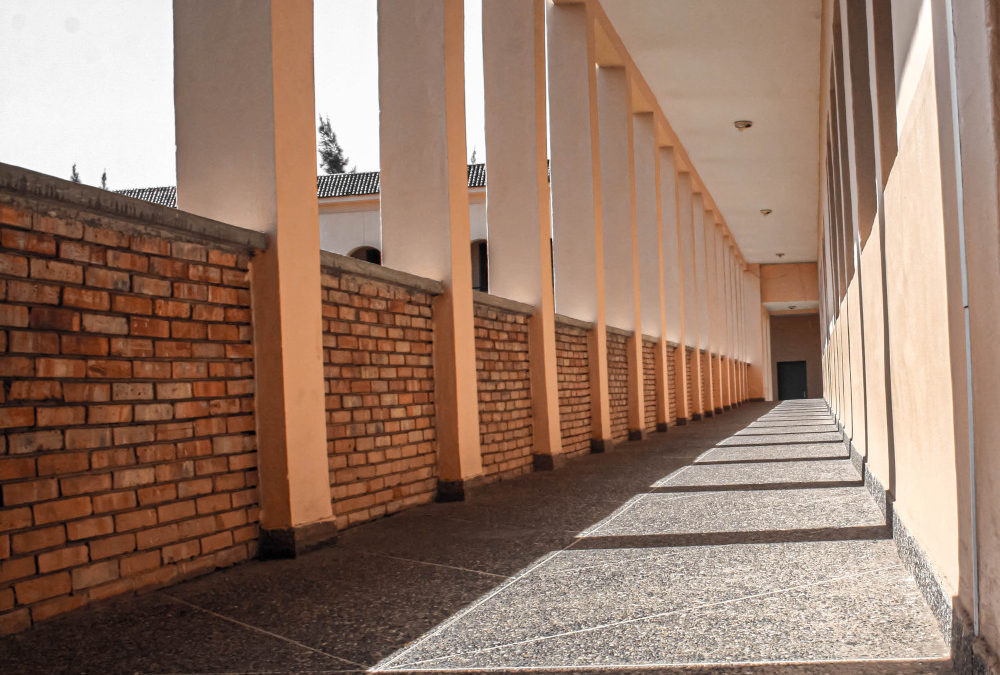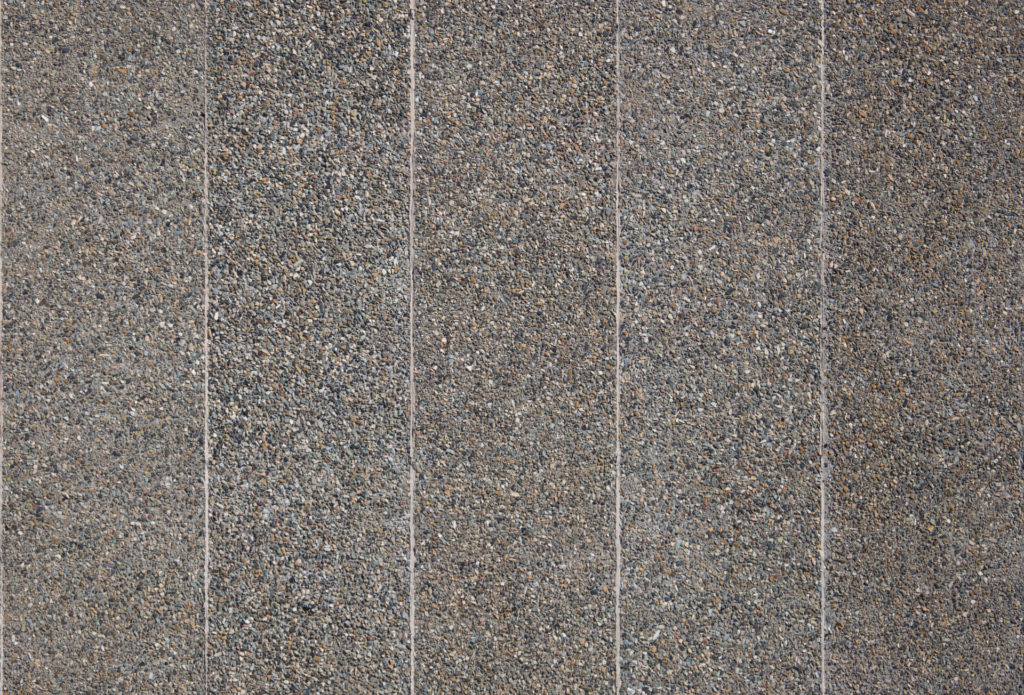How to Maintain Exposed Aggregate Patios and Driveways

How to Use Concrete Floors for an Ideal Indoor-Outdoor Flow
December 10, 2019
A Step-by-Step Guide on Maintaining Honed Concrete Floors
January 27, 2020If you’re looking to add interest and sophistication to your patio or driveway, then using a cement finish like exposed aggregate is the way to go. Exposed aggregate is a beautiful surface finish that combines both aesthetics and functionality. Not only does it add appeal to your property, but it also provides a rugged, non-slip surface that can hold up against heavy traffic and withstand extreme weather conditions.
While an exposed aggregate finish is durable and long-lasting, it does need a bit of TLC from time to time. Doing so will help preserve its beauty and prevent stain build-up over time. Here is our guide on maintaining exposed aggregate.
Cleaning exposed aggregate
When it comes to maintaining exposed aggregate, regular cleaning is of utmost importance. Ideally, you want to sweep your patio or driveway at least once a day to keep it free from dust, dirt, or debris. (You can also use a leaf blower to speed up the process). Rinsing the surface with a garden hose is also a good idea to wash off stubborn dirt or stain spots.
Dealing with oil stains and tire marks however, requires a different approach. Try these cleaning methods to keep your patio or driveway looking clean and spotless.
- Pressure wash the surface
Use a high pressure washer with hot water and a commercial-grade degreaser to eliminate oil stains. The hot water will help lift oil from the surface and the degreaser will emulsify the stain and allow it to wash off easily. Exposed aggregate cleaners can be applied on tire marks before rinsing it off with hot water. Use a stiff-bristled brush to remove extra-stubborn stains prior to rinsing.
- Treat stubborn oil stains/tire marks
If you’ve left oil stains untreated for quite some time, you may find that they’re deeply embedded on the surface. If this is the case, you can use a poultice made from sawdust and a strong solvent to remove it. Mix sawdust with acetone or lacquer thinner and apply the mixture on top of the stain.
Cover the mixture with cloth and let osmosis do its work. The solvent will break down the embedded oil stains and the absorbent material will draw it out from the surface. Repeat until the stain is completely removed. Do note that this method only works on small oil stains and may prove difficult to do when dealing with larger stains.
- Rinse the surface and allow to dry
Go over with the patio or driveway with one last pressure wash. This removes any remaining vestiges of cleaning solutions and grime. Allow the surface to completely dry before inspecting the surface carefully. You’ll know your patio or driveway needs resealing if you notice any contaminants remaining on the surface.
Resealing exposed aggregate
Sealing is an important aspect of maintaining exposed aggregate. This adds a layer of protection to your patio/driveway from moisture, stains, and weather-related damage. A high-quality sealant will also enhance the beauty of exposed aggregate and keep it looking good for a long time. Here is how the resealing process is done.
- Choosing the correct sealer
Silicone, urethane, and acrylic-based sealers are the most commonly used sealers for exposed aggregate. Regardless of the brand or its composition, a good sealer should resist yellowing, dry to a thick coat, and accept additional coats in the future. You should avoid using sealers with a glossy finish on poolsides as it can create a slippery surface and contribute to a potential hazard. We recommend a matte finish on your poolside for safety purposes and reserve the glossy finish on your patio or driveway.
Not all sealers are created equal. Some work better for crushed glass aggregate while others work best for granite chip aggregate. Make sure to test out the sealer in a small, inconspicuous area before applying it on the entire surface. Once you’ve determined the compatibility of the sealer, it’s time to apply it on top of the exposed aggregate.
- Applying the sealer
Depending on the consistency of the sealer and the texture of the exposed aggregate, you may find yourself using a mop-style applicator or a short nap-roller. Select an applicator that enables you to spread a thick coat on the surface as you want to cover the exposed aggregate completely and protect its porous surface. Allow the surface to dry for 24 hours and test it out with your finger to ensure it’s completely dry.
Be generous with the amount of sealer applied for a faster absorption process. Resealing should be done once every two years and this can be altered depending on how much wear and tear your patio or driveway receives. Areas with higher traffic may need to be resealed once a year to maintain its aesthetics and utility.
If your contractor has done a great job of applying sealer the first time around, subsequent applications will require less sealant to maintain its finish. But if it’s the first time your patio or driveway will be sealed, it’s best to contact a professional and have them seal it for you. This is to ensure an even spread of sealant and avoid any puddling on the surface of the exposed aggregate.
Maintaining exposed aggregate is crucial to preserving its lifespan and enhancing your property’s overall curb appeal. Make sure to follow these tips to ensure your patio and driveway remains beautiful for years to come.





